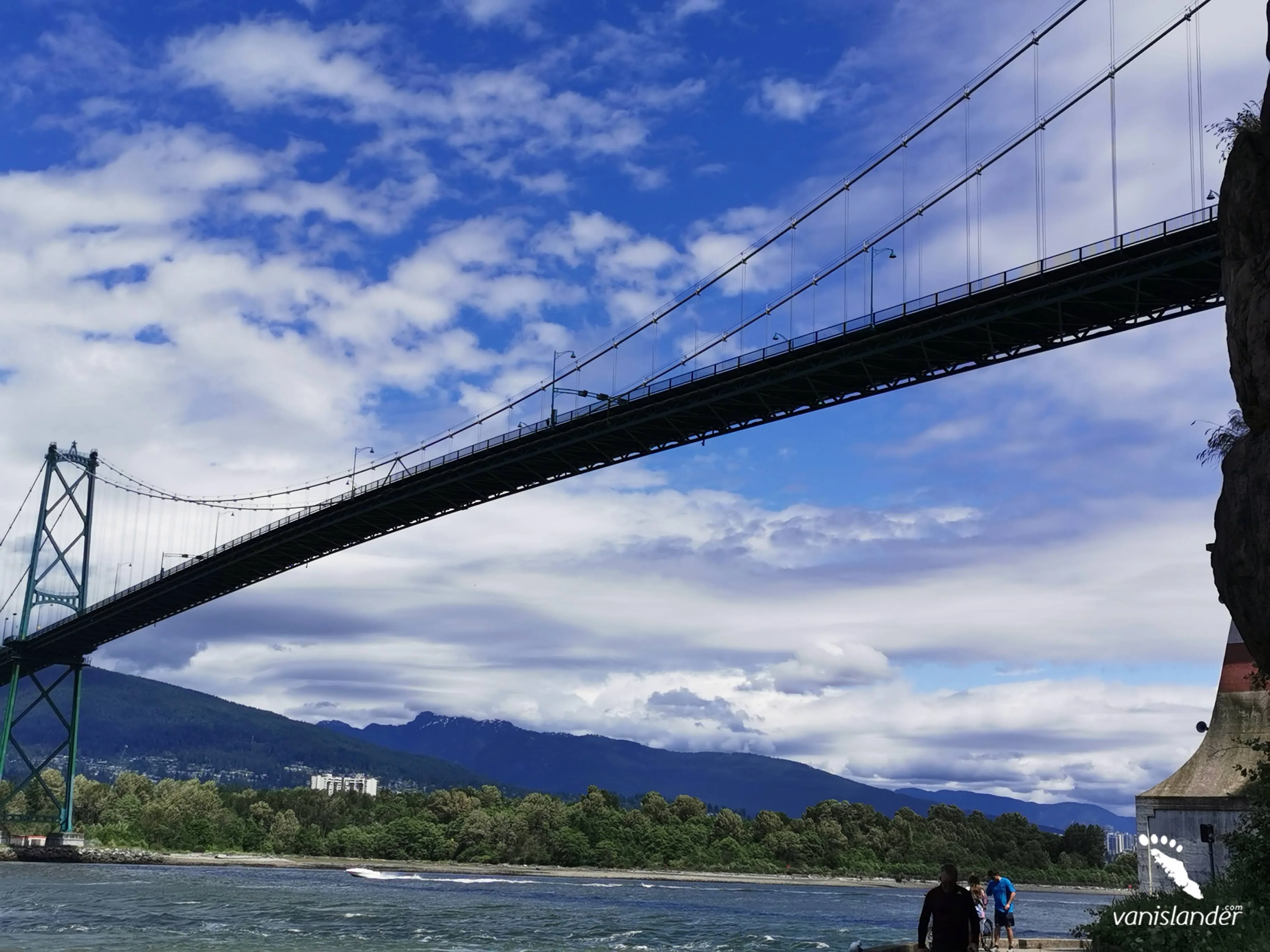
|
Month |
Weather Conditions |
Trail Accessibility |
Considerations |
|---|---|---|---|
|
May
|
Variable; cooler temperatures with increased rainfall.
|
Routes open; some areas may have stronger currents from spring runoff.
|
Less crowded; prepare for wet conditions and potential wind shifts.
|
|
June
|
Mild temperatures; moderate rainfall.
|
Most routes operational, with calmer waters in bays.
|
More kayakers arrive; moderate weather makes it a good balance of comfort and quiet.
|
|
July
|
Warmer temperatures; drier conditions.
|
All routes accessible, with calm seas in most areas.
|
Peak season; higher demand for rentals and tours—book early.
|
|
August
|
Warm temperatures; drier conditions.
|
All routes accessible; excellent for longer trips.
|
Peak season continues; plan for crowds and monitor afternoon winds.
|
|
September
|
Cooling temperatures; increased rainfall.
|
Routes open; early fall storms may affect outer areas.
|
Fewer paddlers; variable weather requires flexibility and preparation.
|